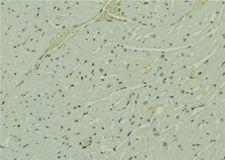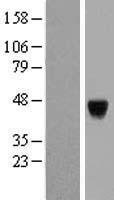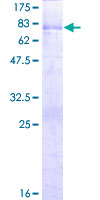order histories, retained contact details for faster checkout, review submissions, and special promotions.
Forgot password?
order histories, retained contact details for faster checkout, review submissions, and special promotions.
Locations
Orders Processing,
Shipping & Receiving,
Warehouse
2 Shaker Rd Suites
B001/B101
Shirley, MA 01464
Production Lab
Floor 6, Suite 620
20700 44th Avenue W
Lynnwood, WA 98036
Telephone Numbers
Tel: +1 (206) 374-1102
Fax: +1 (206) 577-4565
Contact Us
Additional Contact Details
order histories, retained contact details for faster checkout, review submissions, and special promotions.
Forgot password?
order histories, retained contact details for faster checkout, review submissions, and special promotions.
PAK1IP1 / HPIP1
PAK1 interacting protein 1
Negatively regulates the PAK1 kinase. PAK1 is a member of the PAK kinase family, which have been shown to play a positive role in the regulation of signaling pathways involving MAPK8 and RELA. PAK1 exists as an inactive homodimer, which is activated by binding of small GTPases such as CDC42 to an N-terminal regulatory domain. PAK1IP1 also binds to the N-terminus of PAK1, and inhibits the specific activation of PAK1 by CDC42.
| Gene Name: | PAK1 interacting protein 1 |
| Synonyms: | PAK1IP1, BA421M1.5, HPIP1, MAK11, PAK/PLC-interacting protein 1, PAK1-interacting protein 1, RP11-421M1.5, PIP1, PAK1 interacting protein 1, WDR84 |
| Target Sequences: | NM_017906 NP_060376.2 Q9NWT1 |





If you do not find the reagent or information you require, please contact Customer.Support@LSBio.com to inquire about additional products in development.









